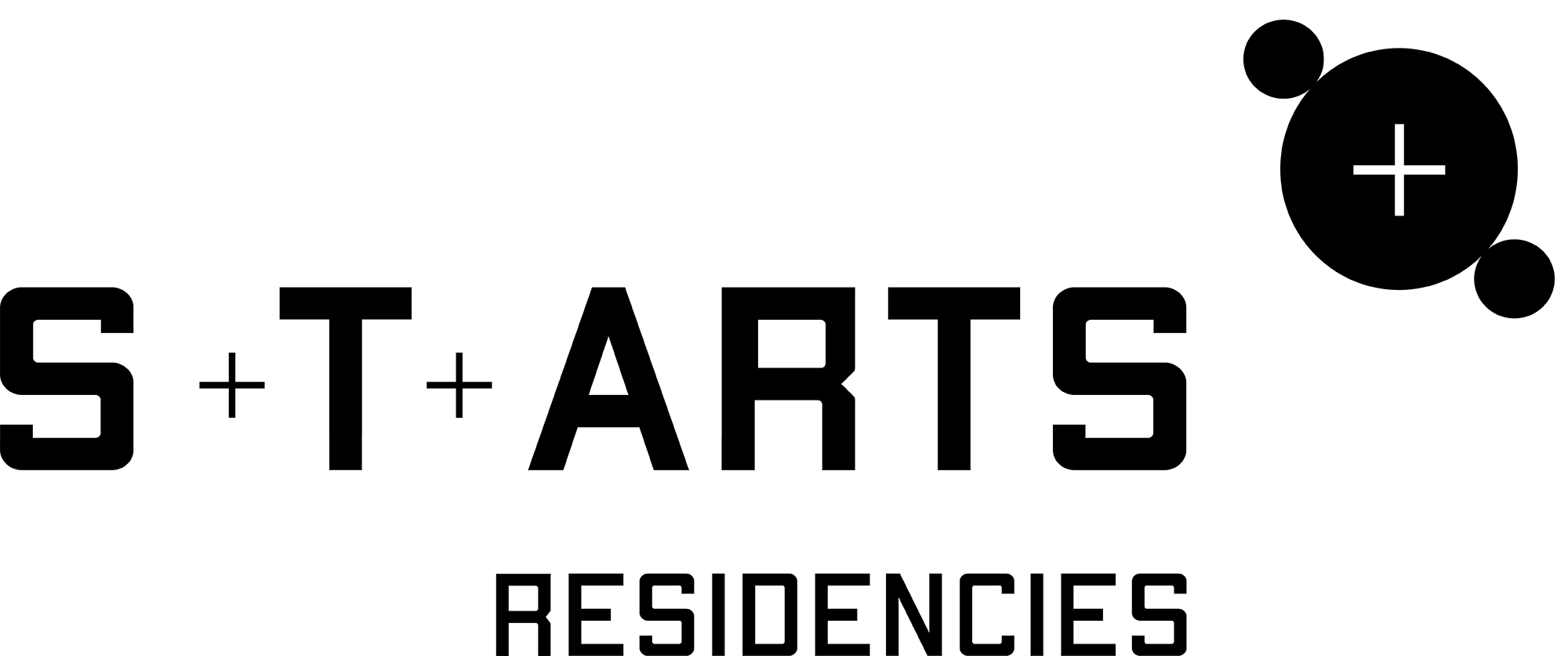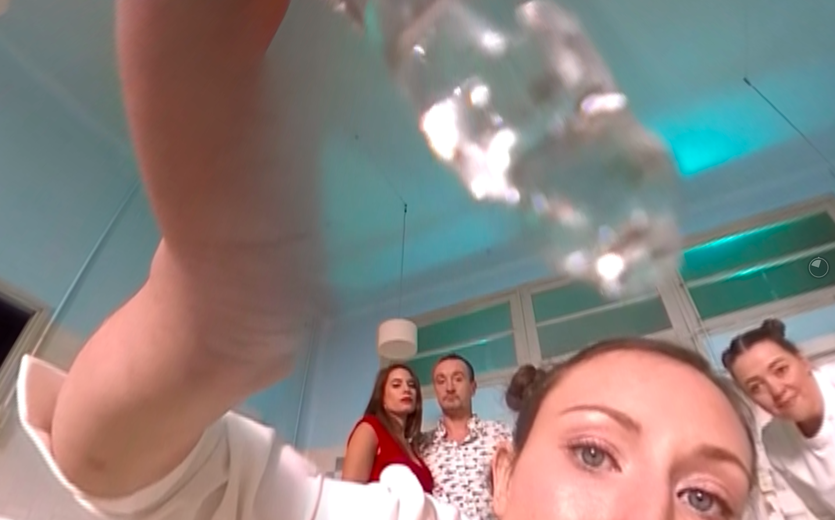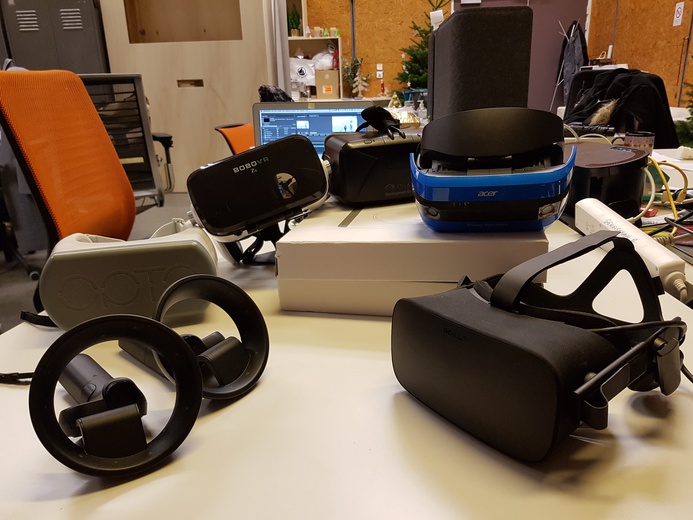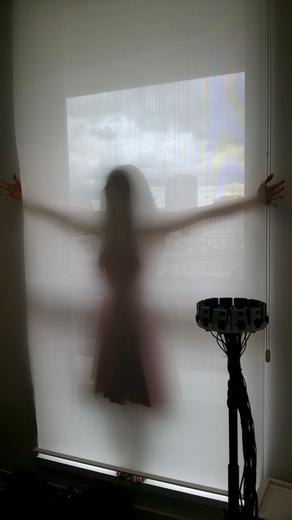Tech Project
Description of the challenges faced by the Tech Project
With VIRTUAL CLOSE UP, the team is exploring light-manipulation techniques, optical illusions and state of the art hardware to create hyper-realistic virtual environments that can be experienced up close. They want to rethink the way the real and the virtual are perceived so that immersive artworks and experiences can attain new depths. The input of an artist will be crucial in developing methods and processes that make extreme close-ups possible from a technical and creative standpoint. The goal of this project is to create close-ups in VR, gauge the feasibility of the project within an artistic frame, and to demonstrate its potential for other VR content producers. Through a methodical approach consisting of content production, digital imaging, cognitive science and visual communication, the team wants to develop a technology that can be used by anyone interested in using VR to its full capacities. The stakes are high as there is no pre-existing way to achieve this, and the artist will be at the core of the project.
Brief description of technology
We don’t have our own technology yet but we have a vision. As VR professionals we know that none of the rigs on the market allows easy and smooth close-ups, but we also know that the technology will leave the gadget territory if and only if we find a way to shoot closer. We are looking to transform an existing technology into something else: 360° cameras and post-production software that can perform extreme close-ups for a deeper feeling of immersion and image detailing. Beyond the first research directions we already detailed in our application form (cameras, rigs and stitching software), we will experiment light field capture. Rather than capturing light with several regular camera lenses (currently used in VR cameras), light field cameras capture information about the light field present in a scene (the position of light rays and their intensity in relation to the lens). The technology we are looking to develop will therefore be innovative in its use of light field imaging, new encoding techniques and hardware such as experimental panoramic tripods to get over aliasing and parallax. Update on this project and the size our team: another investor, Julien Abbou, founder of DV Group (dv.fr) leader on VR technologies and contents, offered to become a partner in our R&D project last week. They are ready to lend us plenoptic cameras, image sensors and micro lenses we can experiment and incorporate into our own prototypes. The artist will share our life during 5 months, and will have access to all documentation on the project and will have the team at disposal during the residency. Hardware for recording footage and experimentation will be provided. This includes plenoptic cameras, micro lenses, panoramic rigs and light sensors. Software for live preview and stitching will also be available: Vidéostitch, Mistika VR, GRM Tool space. Additional consumables needing to experiment and advance his/her project will be available in our lab. Assistance from our stereoscopic shooting expert and editing team will be available at all times while the artist develops his/her technical approach.
What the project is looking to gain from the collaboration and what kind of artist would be suitable
We deeply need to work with an artist for 2 reasons. First, because the solution we will create together will be used by VR directors themselves. They are our target. The artist will give crucial inputs in terms of design, user interface, grip, and the overall relevance of the technology to meet or anticipate coming VR directors needs. In order for this technology to be used by as many creators as possible, these aspects are key in our reflection and the intervention of an artist would be of great help. But the main reason of this collaboration is because VR is at the point where cinema was 100 years ago. Back then, the engineers responsible for developing filming hardware and cameras partnered with the leading cultural industries of their century, Theatre, to reproduce something existing with a new technology: filmed theatre play. Today, according to the same logic, VR is associated with leading cultural industries of this century to reproduce Games and Movies in VR. But yesterday shooting a play with a camera did not make a film. And shooting a movie scene in 360° today doesn’t give us any clue about what VR is and will be in the future. It took years of imagination and artistic reinvention to break the first rules of cinema, leave the filmed theatre and introduce cuts, travelling shots, special effects … and the close up. And an intimate encounter between artists and technology is required for this breakthrough. We can for instance quote the Technicolor Corporation collaboration with artists to introduce color to black and white films. Experimentation and gut were key factors in the development of the kinemacolor system, combining light and color filters to achieve their goal. We are also inspired by directors like Stanley Kubrick who twisted existing technologies to create the images he desired inspire us. He proved to the world that we could shoot candlelight in Barry Lyndon, that the camera could follow the character smoothly with steady cam in The Shining, and that we can create hyper real optical illusions (2001 A Space Odyssey), breaking cinematographic codes and pushing the limits of the medium. Here we are looking to build a technology that will allows directors to create in VR the same type of emotion, intensity, intimacy and information hierarchy than cinematographic close ups are capable of. Since this is uncharted territory, we need to figure out what this implies altogether and what form it will take. We're not fully sure of what the artist we're paired with will propose, but that's the most exciting part of this project and the reason we want to include a creative in our team. In our experience, artists never stop when they hear "it can't be done" in the middle of a project. This is what pushes the whole team to work harder and push the innovation process. That’s why we only start the project two months before the artist joins us. We need these two months to get all the material we still need, finalise some technical partnership and quickly test our first technical ideas. When the artist arrives, our team will be ready and operational for experimentations. We want to be challenged by his or her artistic desires to push the current limits of the medium so that we can work together on creative and disruptive solutions. Applying our technology to a real concrete artistic project is the kind of pass or fail situation we are looking for. The realized object will ideally be released to the public so that our technology can be judged by a wide number of people, so we’d know if we’re going in the right direction.
Resources available to the artist
The artist will share our life during 5 months, and will have access to all documentation on the project and will have the team at disposal during the residency. Hardware for recording footage and experimentation will be provided. This includes plenoptic cameras, micro lenses, panoramic rigs and light sensors. Software for live preview and stitching will also be available: Vidéostitch, Mistika VR, GRM Tool space. Additional consumables needing to experiment and advance his/her project will be available in our lab. Assistance from our stereoscopic shooting expert and editing team will be available at all times while the artist develops his/her technical approach. Will be made available to the artist: technical equipment including 360° cameras, rigs, custom-made computer, different VR headsets for tests and experiments. The ability to create prototypes with our existing equipment.The facilities at Le 104 include shooting studios, a post production studio, and an environment of creators and researchers passionate about virtual reality. Our work space is open every day and 24/7 for employees, and the chosen artist will have full access as well.




